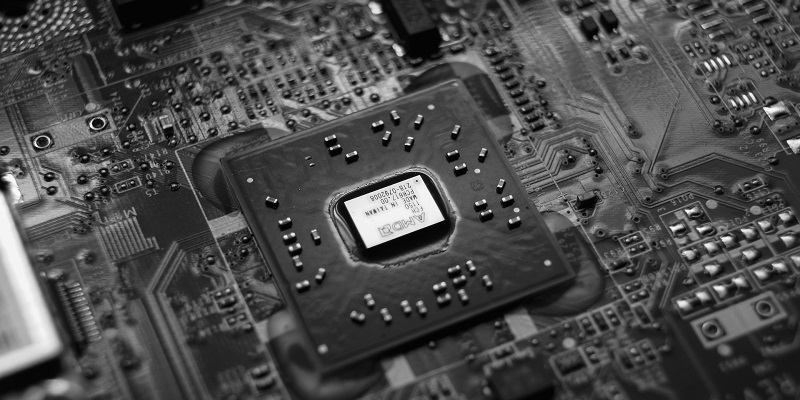AMD has been a major player in the CPU market for quite some time, offering top-of-the-line processors for both desktop and mobile devices. The company’s next-generation Ryzen 8000 Desktop CPUs are among the most highly anticipated releases in the tech industry today. AMD has finally confirmed some key details about these chips, including their CPU and GPU architecture, codenames, compatibility, and much more.
AMD Confirms CPU and GPU Architecture for Ryzen 8000 Desktop CPUs
In a major announcement, AMD has confirmed that its next-generation Ryzen 8000 Desktop CPUs will feature the Zen 5 core architecture. This is a significant upgrade over the current Zen 3 architecture used in many of the company’s existing CPUs. Additionally, the Ryzen 8000 Desktop CPUs will feature the latest RDNA 3.5 graphics architecture for integrated GPUs. This marks the first time that AMD has confirmed the CPU and GPU architecture together for its Ryzen 8000 Desktop CPUs.
The Ryzen 8000 Desktop CPUs are expected to be codenamed Granite Rapids. According to reports, these chips will retain compatibility with the AM5 platform, which is great news for users who have invested in the current generation of AMD processors. AMD is also talking about the longevity of its AM5 platform and says that it will scale into 2026. This means that we are looking at at least four AM5 processor families for the new socket, including the existing Zen 4-based Ryzen 7000 CPUs.
Features of the AMD Ryzen 8000 Desktop CPUs include the Zen 5 Core Architecture and RDNA 3.5 Graphics Architecture. The Zen 5 core architecture is expected to bring a significant improvement in performance and efficiency compared to the previous generation of chips. The RDNA 3.5 graphics architecture will also offer improved graphics performance, which is great news for gamers and content creators. According to the latest roadmap, AMD Ryzen 8000 Desktop CPUs will feature the brand new Zen 5 core architecture and the latest RDNA 3.5 graphics architecture for integrated GPU.
Longevity of the AM5 Platform and Its Future
One of the great things about AMD’s AM5 platform is its long-term outlook. AMD is committed to supporting this platform for several more years. Therefore, users can expect to see a lot of new chips coming out over the coming years. Additionally, AMD is committed to ensuring that the platform can scale to meet the needs of the future. This is great news for users who want to invest in a future-proof system.
Four families of AM5 processors for the new socket are expected. The AM4 platform received a total of four families, but AMD has mentioned that the AM5 platform will receive a new CPU core and graphics upgrade on an annual cadence. This means that consumers can expect to see four new families of AM5 processors, with each family offering something new and exciting to try out. These upgrades will ensure that the platform remains competitive and relevant for years to come.
Annual Upgrade Cadence for the AM5 Platform
AMD plans to upgrade the AM5 platform annually, adding new features, technology, and capabilities with each upgrade. This is great news for users who want to stay on the cutting edge of the tech industry. Additionally, AMD claims it will bring leading performance per watt across all segments, a significant achievement for any chip manufacturer.
Alleged AMD Zen 5 CPU Specifications
Some rumors suggest that the first AMD Zen 5 CPUs will feature 8 cores and 16 threads. However, it’s important to note that these specifications have not been officially confirmed by AMD. Nonetheless, if this rumor is true, then we can expect to see some impressive performance gains over the previous generation of chips.
In conclusion, AMD’s next-generation Ryzen 8000 Desktop CPUs are shaping up to be some of the most significant releases in the company’s history. These chips offer upgraded Zen 5 core architecture and the latest RDNA 3.5 graphics architecture for integrated GPU. Additionally, AMD is committed to supporting the AM5 platform for many years to come, with upgrades planned on an annual basis. This means that consumers can expect something new to try out each year with the AM5 processor families. Ultimately, AMD’s commitment to innovation and performance could lead the company to dominate the CPU market in the coming years.

